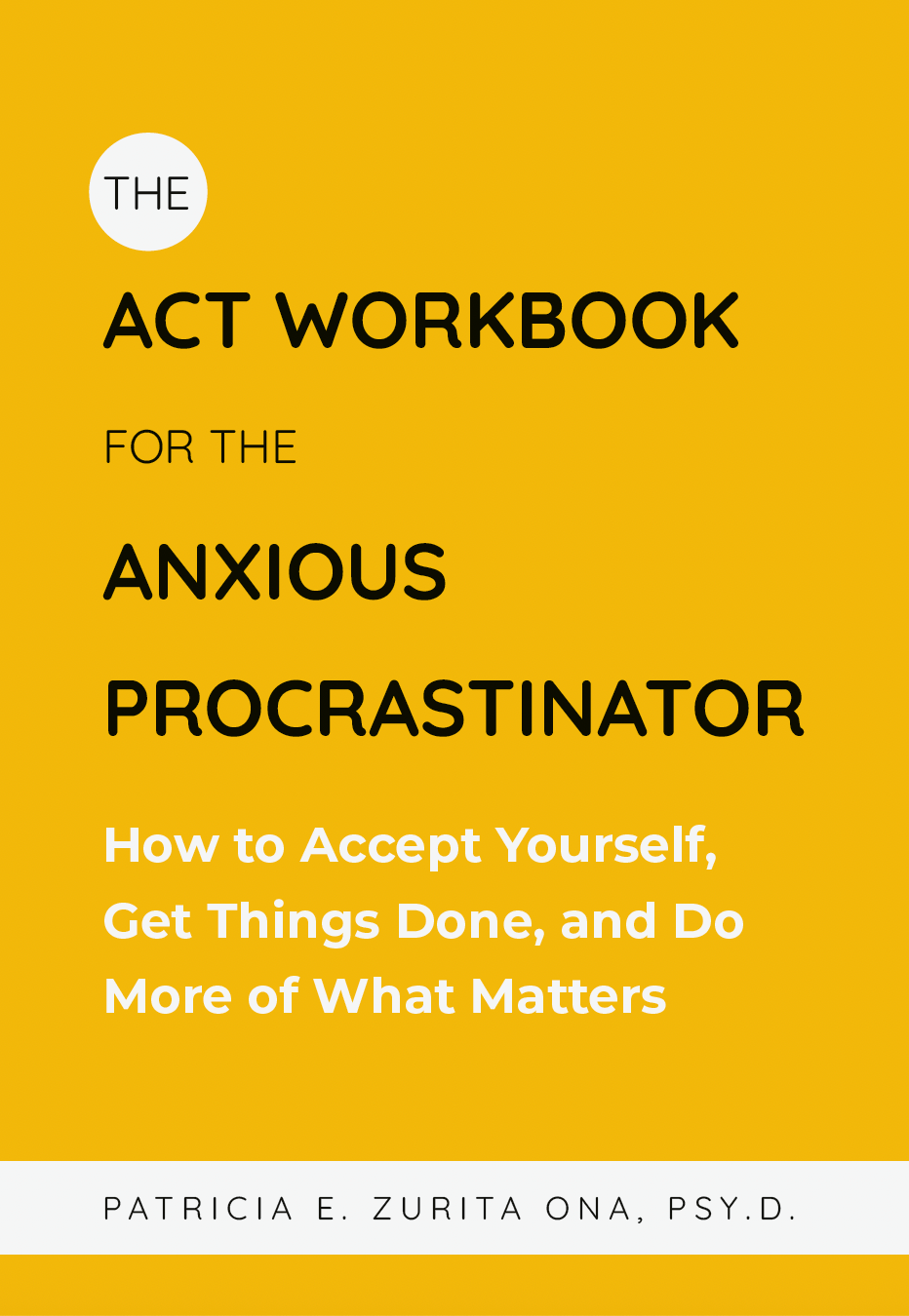
Behavior Plan
A couple of months ago, we published a post: Behavioral plans, step-by-step and explained parents how to create a behavioral plan, in detail; you can even use the charts we suggested as a template for implementing your behavioral plans at home.
Just as a brief reminder, a behavioral plan consists of identifying a specific problem that your child is exhibiting at home – e.g. not doing their homework, or not going to bed on time, or fighting about brushing his teen, etc. Before creating a behavioral plan you need to figure out what exactly is going on before, during and after the problem behavior, so you can understanding detail what maintains the behavior. Looking into that process, is called the ABC’s of behavior management. Let’s start with:
A – Antecedents: these are also called triggers, and they’re the variables that happen exactly before a problematic behavior occurs.
B – Behaviors: the specific behavior that your child does
C – Consequences: the outcome of what follows that behavior, both positive and negative consequences for your child.
Once you have a good picture of what’s leading up to the problem behavior,what the problem behavior is, and the outcome for your kid, it’s time to specify the target behavior for the behavioral plans. Target behaviors are usually written in positive language, need to be specific, measurable, and observable. For example, a target behavior of “being bad” or “being good” are too vague; something specific would be “doing chores before dinner (good)” or “not sitting on the couch (instead of “no jumping on the couch or being bad)”
After you’ve set up specific, measurable, and observable behaviors, it’s time to identify consistent consequences. These consequences can be either positive or negative – e.g. “if you do your homework when you get home, you get an extra 30 minutes of iPad time” or “if you jump on the couch you don’t get dessert at dinner”. We suggest you do an inventory of these consequences with your kid, in an open conversation. What is he open to work for? What is he going to lose?
Behavioral plans are extremely effective to address problematic behaviors, they require a key variable: consistency on your part, and believe it or not, they work. Not all consequences impact your children in the same way, especially when your child feels like the punishment is unexpected or unfair, so be ready to be switching consequences quite often. For instance, a client of mine went from using pennies to snickers, 10-minute videos and extra time in the park when addressing his kid’s inappropriate playing with the dog’s ears.
Warning: when you start implementing behavioral plans it’s quite likely that your kid’s traditional problematic behavioral may increase; if that happens, do not get discourage, this is natural, old behaviors fight for survival. Once again, consistency on your part delivering consequences is the key factor to help your kid to engage in a new behavior.
References
Dunlap, G., Strain, P., Fox, L., Carta, J., Conroy, M., Smith, B., . . . Sowell, C. (2006). Prevention and Intervention With Young Children’s Challenging Behavior: Perspectives Regarding Current Knowledge. Behavioral Disorders, 32(1), 29-45. Retrieved from http://www.jstor.org/stable/23890617
Managing Child Behavior Problems at Home | Parenting Tips. (n.d.). Retrieved February 24, 2017, from https://childmind.org/article/managing-problem-behavior-at-home/
Behavior Intervention Plans for Home. (2016, August 30). Retrieved February 24, 2017, from http://behaviorcorner.com/behavior-intervention-plans-home/






